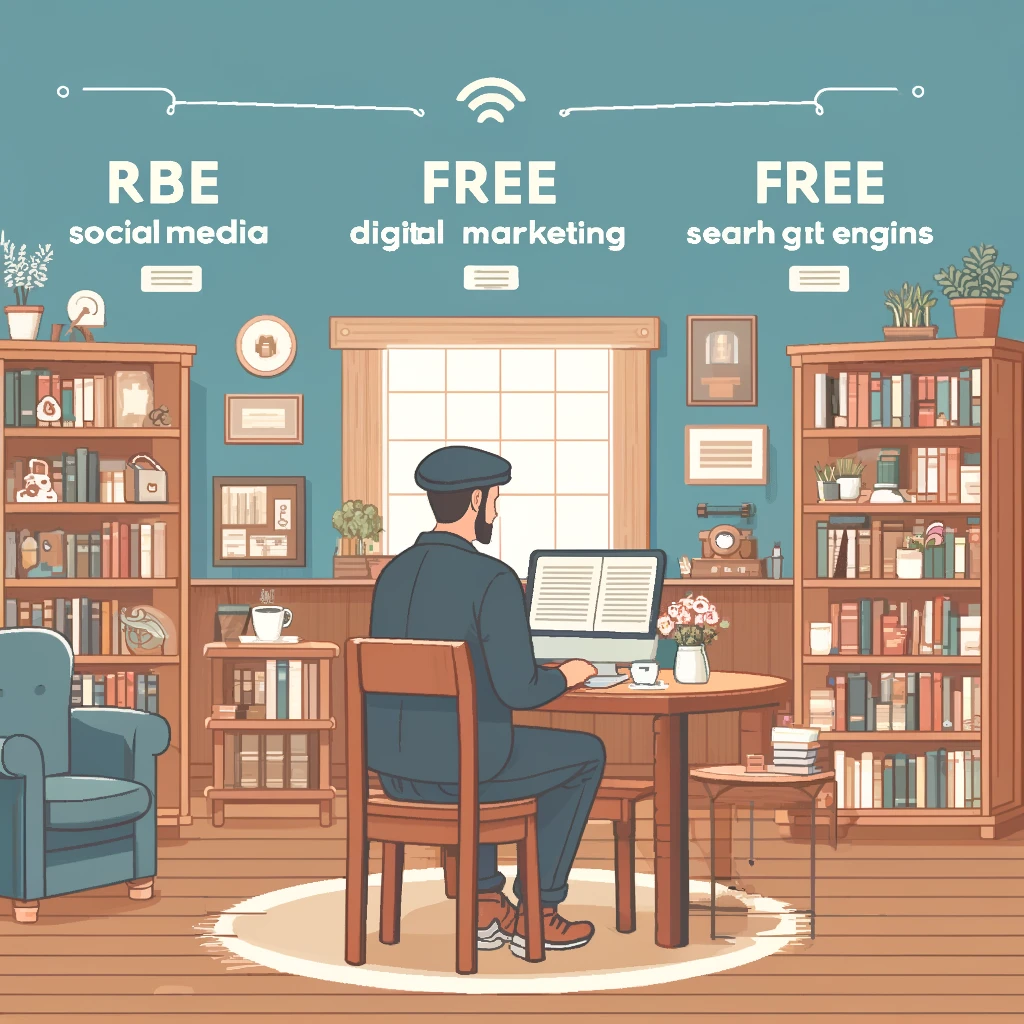Call routing is a process that enables incoming calls to be directed to the most appropriate agent or department within a business, ensuring that callers are connected to the right person. Call routing can be automated or manual, and it is an essential part of any business that receives a high volume of phone calls, as it is to improve the overall customer experience.
While phone call routing isn’t a new technology, it has become more sophisticated and evolved in ways that smaller businesses can benefit from immensely. Learn more about call routing below and the advantages of implementing it.
Benefits of Call Routing
There are several benefits of call routing for businesses. First, it ensures that customers are connected to the right agent or department, which reduces wait times and improves the overall customer experience. Call routing also helps to increase agent productivity by allowing them to focus on specific areas of expertise which results in more efficient call handling and increased customer satisfaction.
Types of Call Routing
There are different types of call routing, including:
- Skills-based routing: This type of routing directs calls to agents based on their skill set and experience. For example, a customer calling with a technical issue would be directed to an agent with technical expertise.
- Time-based routing: This type of routing directs calls based on the time of day or day of the week. For example, calls outside of business hours can be directed to voicemail or an after-hours service.
- Geographic routing: This type of routing directs calls based on the geographic location of the caller. For example, calls from a specific region can be directed to a local agent who is familiar with the area.
- Round-robin routing: This type of routing distributes calls evenly among a group of agents. This ensures that each agent receives an equal number of calls.
Examples of Call Routing
Here are a few examples of call routing in real-life scenarios:
- A customer calls a bank to inquire about a loan. The call is automatically routed to an agent who specializes in loans.
- A customer calls a tech support company with a software issue. The call is routed to an agent with technical expertise in the software.
- A customer calls a customer service line for a product that was recently purchased. The call is routed to an agent who has knowledge of the product and can assist the customer with any questions or concerns.
Criteria for Call Routing
When implementing a call routing system, there are several criteria to consider to help you choose the appropriate type of systems and routing strategies, including:
- Business objectives: Call routing should be aligned with the overall business objectives, such as improving the customer experience or increasing sales.
- Call volume: Call routing should be able to handle the volume of calls that the business receives.
- Agent availability: Call routing should take into account agent availability to ensure that calls are not directed to unavailable agents.
- Customer satisfaction: Call routing should be designed to improve customer experience and satisfaction.
Call Routing Systems
Call routing systems can be implemented using different technologies, including traditional PBX systems and VoIP (Voice over Internet Protocol) systems. The routing strategy and software used can vary depending on the type of system used.
With the right call routing system in place, businesses can efficiently handle incoming calls and provide a better customer experience. We at F2F Telecommunications know what the right call routing technology can do for small to medium-sized businesses, which is why we strive to give the tools needed without enterprise costs, making sure Cinnincanniti businesses can compete on equal footing. Explore why F2F Telecommunications leads in providing VoIP phone systems with call routing technology to businesses below.

